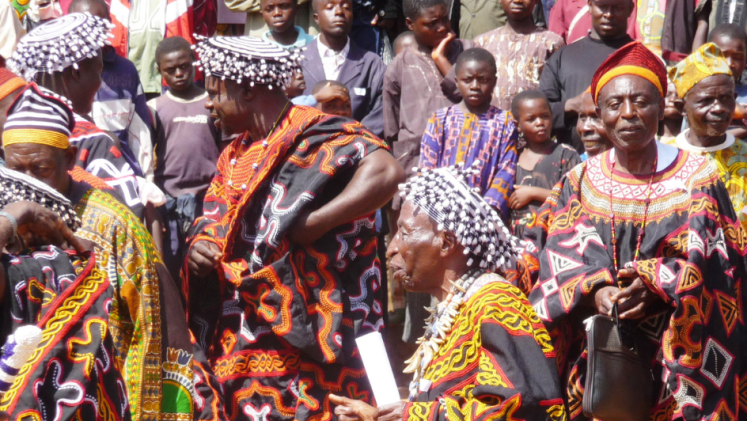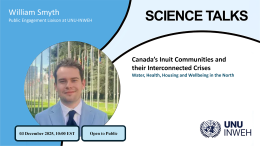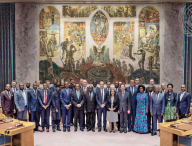International Mother Language Day recognizes that languages and multilingualism can advance inclusion and the Sustainable Development Goals’ focus on leaving no one behind. The 2023 edition is themed ‘multilingual education - a necessity to transform education’. The below sheds a light on the importance of language conservation and how languages can help solve the global crises humanity faces.
Strengthening a language strengthens society
A language is not simply a means of communication, it is part of the bedrock of one’s cultural identity. Language helps people build a stronger sense of belonging to their culture, boosting their mental health and overall social cohesion.
Linguistic inclusivity in the classroom contributes to inclusive societies
When the language of instruction is the student’s mother tongue, it can help bridge a potential gap between languages spoken at home and at school. This approach provides a more inclusive form of education as it enables students to settle into the learning environment in a language familiar to them, which also contributes to the academic achievement and chances later in life.
Languages are libraries of information
Languages, especially indigenous languages, often evolved with their environment, meaning they often have words and concepts adapted for their area. Such languages can contain knowledge about traditional medicines, natural early warning signs of disaster, and cultivation of the land. Each language provides a unique perspective on ways to see and interact with the world, so losing even one language reduces the knowledge we have available. Protecting linguistic diversity allows us to keep that knowledge alive and strengthens our adaptive capacity as a species.
Protecting languages helps protect biodiversity
There is a strong correlation between areas with high biodiversity and high linguistic diversity. Similar to the unique flora and fauna, many languages in these regions are spoken in small numbers and are in danger of disappearing. People living in these areas are often more knowledgeable about native plants and animals, meaning that biodiversity conservation efforts benefit from protecting indigenous languages.
Linguistic diversity helps local messages land in global environments
At least 40% of the world’s 7,000 languages are endangered. Multilingualism and linguistic diversity help sensitize people in recognizing cultural bias and different cultural perspectives. That recognition results in more empathic societies in which populations are able to better communicate across an intercultural and linguistically diverse landscape. In turn, this supports the transferability and replicability of local solutions to global threats such as climate change.





